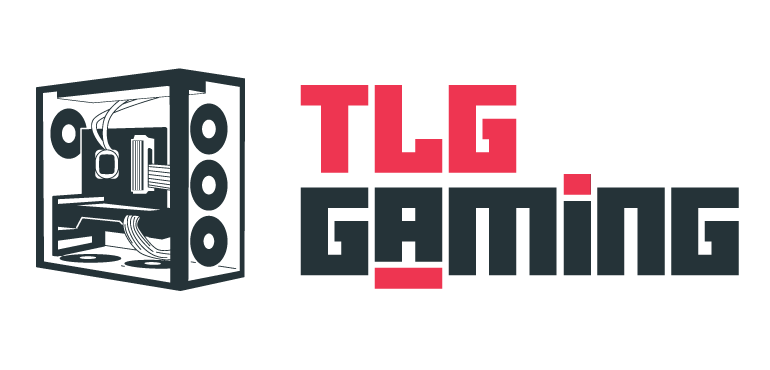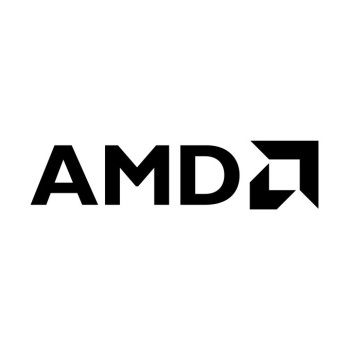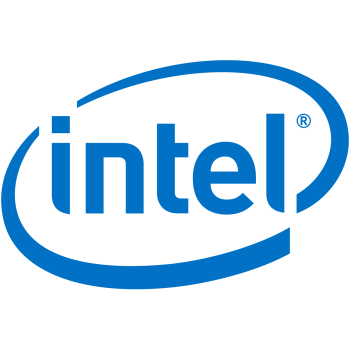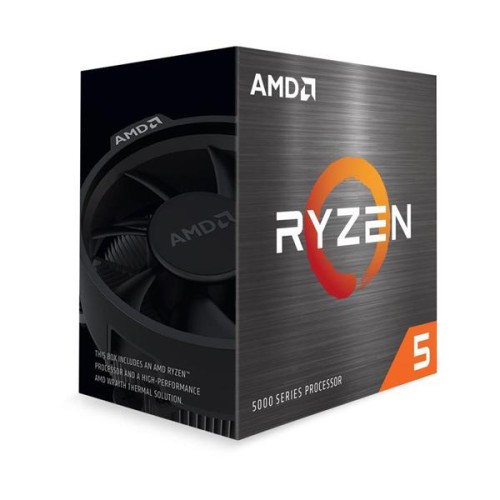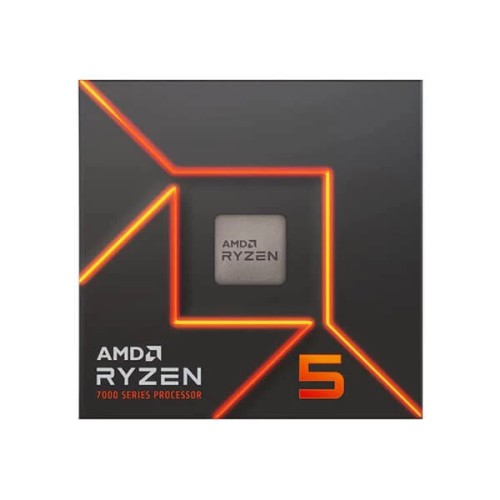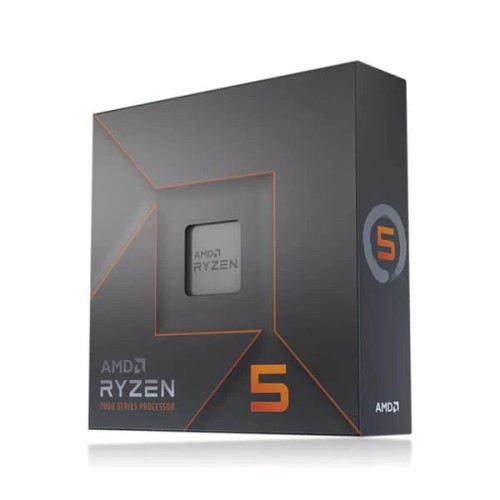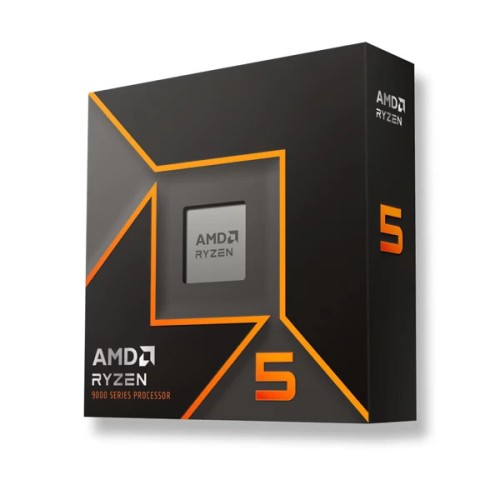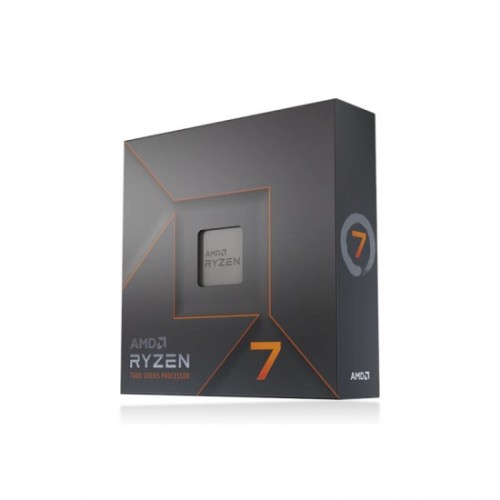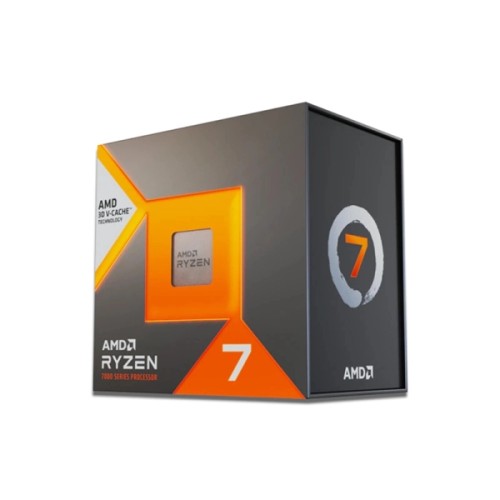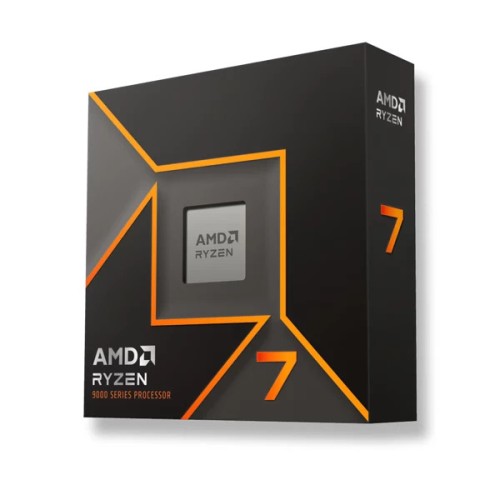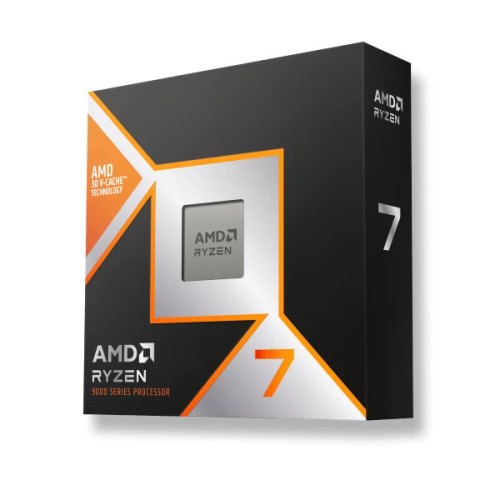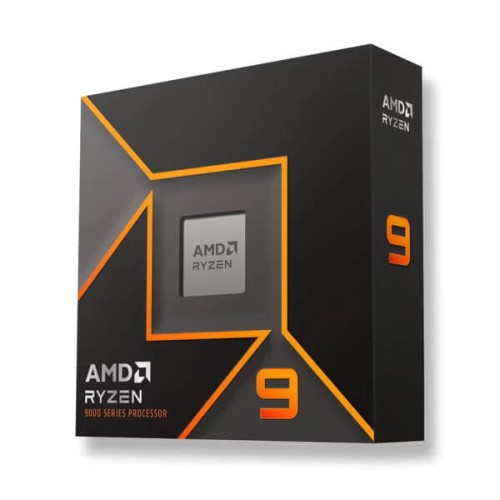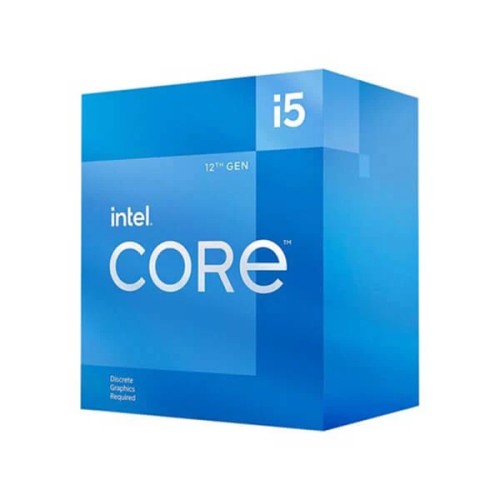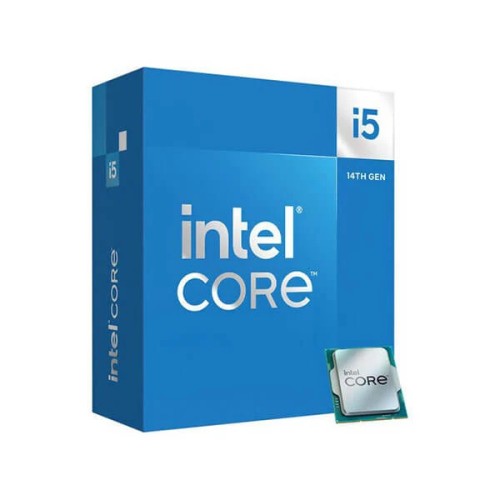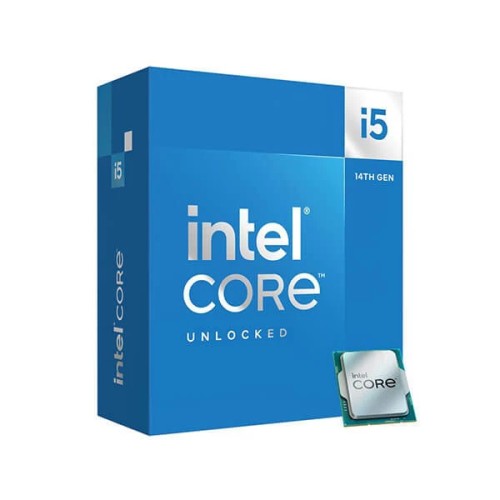Explore Top Processors for Every Need – Gaming, Editing & Productivity
Upgrade your system with the latest high-performance processors from leading brands like Intel® and AMD. Whether you're a gamer, content creator, or professional user, we offer a wide range of CPUs designed to meet every performance level and budget. Choose from the newest AMD Ryzen Series and Intel Core Ultra Processors, featuring cutting-edge technology, enhanced energy efficiency, and support for AI-driven tasks.
Our collection includes:
Entry-Level CPUs for everyday computing and office work
Mid-Range Processors for multitasking, streaming, and light gaming
High-End & Gaming CPUs like AMD Ryzen 9 and Intel Core i9 for extreme performance
Latest Gen Options with support for DDR5 RAM, PCIe 5.0, and integrated graphics
Shop with confidence knowing you're getting competitive prices, genuine products, and fast delivery
Choosing the Right Processor:
The ideal processor for you depends on your specific needs and budget. Consider factors like:
- Typical tasks: Basic tasks like web browsing and email require less processing power compared to demanding tasks like video editing or gaming.
- Software requirements: Some software programs have specific processor requirements for optimal performance.
- Budget: Processors range in price depending on their features and performance capabilities.
By understanding the basics of processors and their key characteristics, you can make informed decisions when choosing a device that meets your needs and budget.
